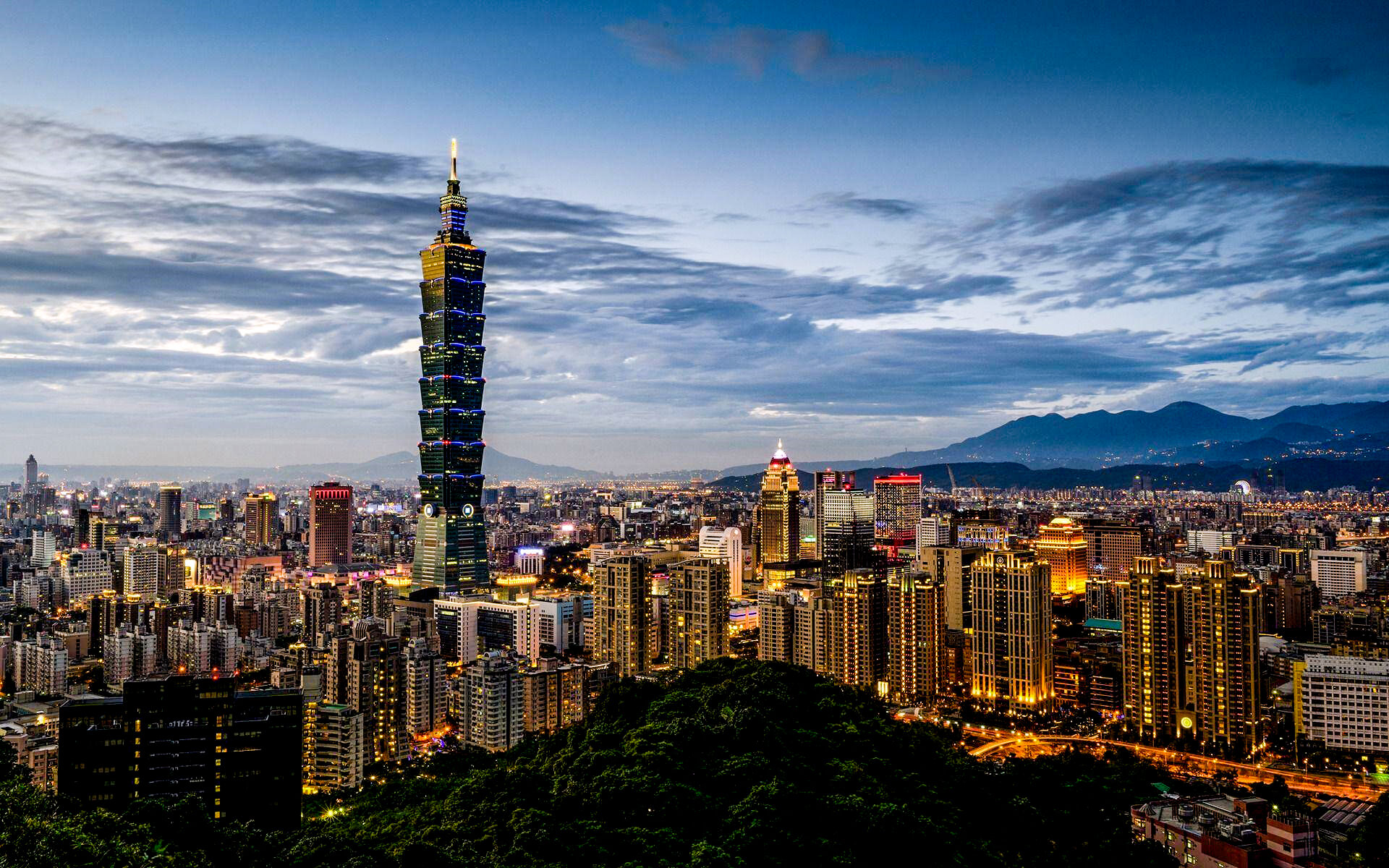Tourism contributes significantly to Taipei’s economy. Over 6.3 million foreign tourists visited Taipei in 2013, making it the 15th most visited city in the world. In 2013, tourists contributed $10.8 billion USD to the city’s economy, ranking ninth in the world and the most of any city in Greater China.
MUSEUMS AND SITES
The National Chiang Kai-shek Memorial Hall is a well-known monument, landmark, and tourist attraction dedicated to General Chiang Kai-shek, former President of the Republic of China.
The edifice is located at the east end of Monument Hall Square, which also houses the National Concert Hall and National Theater, as well as nearby parks and the memorial. The Liberty Square landmarks are visible from Taiwan’s Presidential Building in Taipei’s Zhongzheng District.
The National Taiwan Museum, which has been known as 228 Peace Memorial Park since 1999, is located nearby. The Taiwan Governor’s Museum was established on October 24, 1908 by Taiwan’s Japanese colonial administration (1895-1945) as the Taiwan Governor’s Museum. It was inaugurated with a 10,000-item collection to commemorate the inauguration of the island’s North-South Railway.
The National Palace Museum is a sprawling art gallery and museum with a permanent collection of ancient Chinese antiquities. It should not be mistaken with the Palace Museum in Beijing (after which it is called); both institutions are descended from the same institution. As a consequence of the Chinese Civil War in the 1940s, the collections were separated. The National Palace Museum in Taipei today has a fully worldwide collection, as well as one of the world’s greatest collections of ancient Chinese antiquities.
Just 200 meters away from the National Palace Museum is the wonderfully constructed Shung Ye Museum of Formosan Aborigines. The museum has excellent exhibits of art and historical relics created by Taiwanese aborigines, as well as a variety of multimedia presentations.
The Taipei Fine Arts Museum opened in 1983 as Taiwan’s first museum devoted to contemporary art. The museum is situated in a specially built structure that is inspired by Japanese influences. Since 1940, the majority of the art in the collection has been created by Taiwanese artists. Over 3,000 pieces of art are divided into 13 categories.
Taipei 101 is a 101-story iconic skyscraper that launched in 2004 as the world’s tallest structure, a distinction it maintained for six years until losing to Dubai’s Burj Khalifa. Taipei 101, designed by C.Y. Lee & Partners and built by KTRT Joint Venture, stands 509 meters (1,670 feet) tall from ground to top, making it the world’s first half-kilometer skyscraper.
The National Theater and Concert Hall are located in Taipei’s Liberty Square and showcase performances by both international and indigenous artists. Other notable musical venues are Ximen’s Zhongshan Hall and the Sun Yat-sen Memorial Hall near Taipei 101.
The Shilin Night Market in the Shilin District is the most well-known of Taipei’s several night markets. Shilin Night Market’s surrounding streets are quite congested in the evening, generally opening late afternoon and functioning well past midnight. Individual booths offering a variety of food, apparel, and consumer products are common at most night markets.
Since the 1930s, Ximending has been a popular retail and entertainment district. A music hall, a historic cinema, and the Red House Theater are among the historic buildings. Karaoke enterprises, art film theatres, wide-release movie theaters, electronic shops, and a range of eateries and fashion apparel stores are all housed in modern buildings. The pedestrian area is extremely popular with teenagers and has been dubbed Taipei’s “Harajuku.”
The recently created Xinyi District is popular with both visitors and residents due to its many entertainment and retail locations, as well as its proximity to Taipei 101, a major tourist destination. The large Shin Kong Mitsukoshi complex, Breeze Center, Bellavita, Taipei 101 mall, Eslite Bookstore’s flagship store (which contains a boutique mall), The Living Mall, ATT retail mall, and the Vieshow Cinemas are among the malls in the region (formerly known as Warner Village). The Xinyi district is also the epicenter of Taipei’s vibrant nightlife, with numerous prominent lounge bars and nightclubs clustered in a small area surrounding the Neo19, ATT 4 FUN, and Taipei 101 towers. The most popular locations to come here are lounge bars like Barcode and nightclubs like Spark and Myst.
The Taipei Underground Market and the old Shin Kong Mitsukoshi department store in Shin Kong Life Tower are among the thriving retail areas around Taipei Main Station. Other notable shopping areas include Zhongshan Metro Mall, Dihua Street, Guang Hua Digital Plaza, and Core Pacific City. Miramar Entertainment Park is well-known for its massive Ferris wheel and IMAX cinema.
Taipei has a large network of parks, green areas, and natural preserves. Yangmingshan National Park, Taipei Zoo, and Da-an Forest Park are among the notable parks and forestry areas in and surrounding the city. Yangmingshan National Park (about 10 kilometers (6.2 miles) north of the city) is well-known for its cherry blossoms, hot springs, and sulfur deposits. It is famed writer Lin Yutang’s house, Chiang Kai-vacation shek’s residence, foreign ambassadors’ homes, the Chinese Culture University, the meeting venue of the now-defunct National Assembly of the Republic of China, and the Kuomintang Party Archives. The Taipei Zoo was created in 1914 and has a total area of 165 hectares dedicated to animal conservation.
Bitan is well-known for water activities and boating. Tamsui is a well-known seaside tourist town. From Taipei, ocean beaches may be reached in a variety of routes.
TEMPLES
Taipei is densely packed with elaborate temples dedicated to Buddhist, Taoist, and Chinese folk religion deities. The Longshan Temple, situated in the Wanhua District and established in 1738, is an example of architecture with southern Chinese influences that is typical on older structures in Taiwan.
Because of the great number of temples, shrines, churches, and mosques on Xinsheng South Road, it is known as the “Road to Heaven.”


